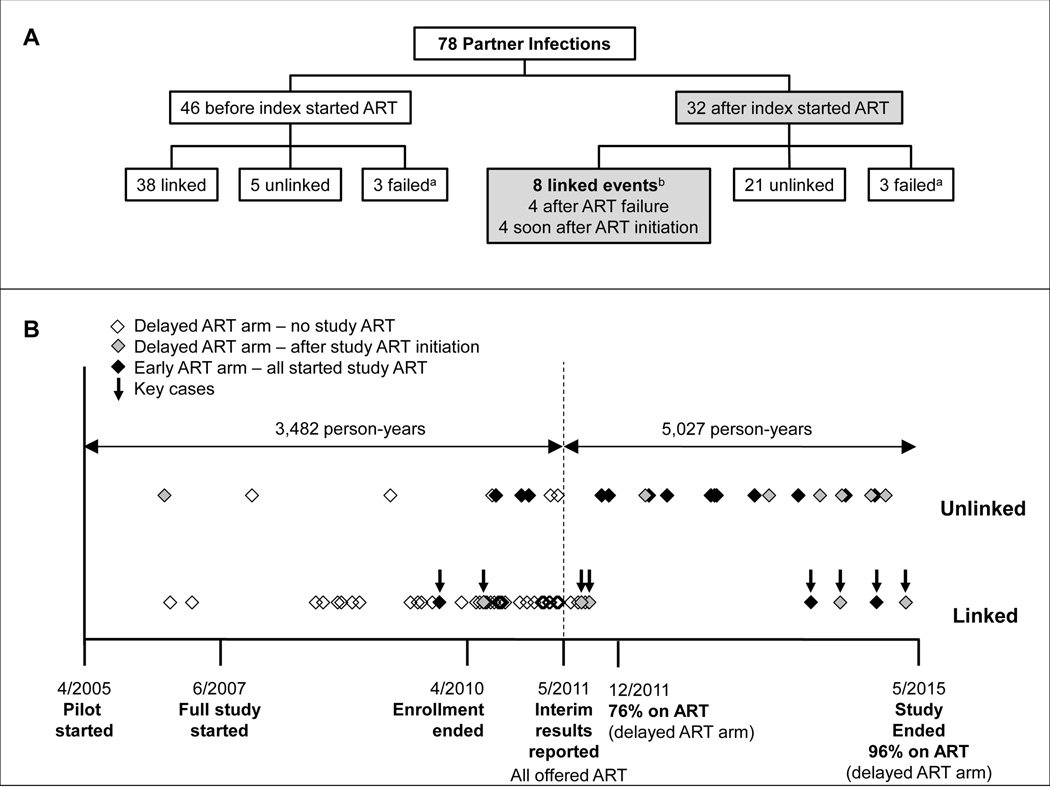Figure 1. Analysis of partner infections in HPTN 052.
(A) The chart shows an overview of the linkage status of partner infections in HPTN 052. Data are presented separately for couples where the partner was diagnosed with HIV infection before the index participant started antiretroviral therapy (ART) in the trial (N=46) or after the index participant started ART in the trial (N=32). Infections were classified as linked if the index participant was the likely source of the partner’s infection, and unlinked if the partner was most likely infected from another source.
(B) Seventy-eight partner infections were identified in the HPTN 052 trial. The dates (month/year) of milestones in the HPTN 052 trial are shown on the X-axis. A vertical dashed line indicates the date that the interim report was released, showing the benefit of early initiation of ART. Horizontal arrows show the number of person-years of follow-up for partners who were HIV-uninfected at study enrollment. Partner infections are represented by diamonds. Data are presented separately for linked and unlinked partner infections. Open diamonds indicate infections in the delayed ART arm of the study that were diagnosed before the index participant started ART. Shaded diamonds indicate infections in the delayed ART arm of the study that were diagnosed after the index participant started ART. Black diamonds indicate infections in the Early ART arm of the study, all of which were diagnosed after the index participant started ART. Eight linked partner infections were diagnosed after the index started ART (Key cases, arrows).
aIn six cases, linkage status could not be determined because HIV RNA in the index and/or partner sample(s) could not be amplified (failed cases). In three cases, HIV RNA could not be amplified because the index was virally suppressed at all study visits (including the enrollment visit). In two of those cases, the index participant was on ART at study enrollment, but did not disclose this to study staff17; in the third case, ARV drugs were not detected in study specimens, indicating that the index participant was most likely an elite controller. In the fourth case, the partner was diagnosed with HIV infection and started ART outside of the study and was virally suppressed at subsequent study visits. It is not clear why amplification was unsuccessful in the other two cases. In those cases, attempts to amplify HIV RNA using a nested PCR method and alternate amplification primers were not successful.
b3 early ART arm; 5 delayed ART arm.

